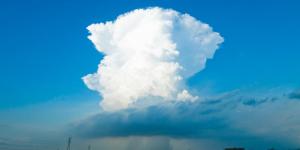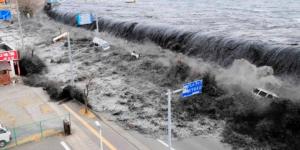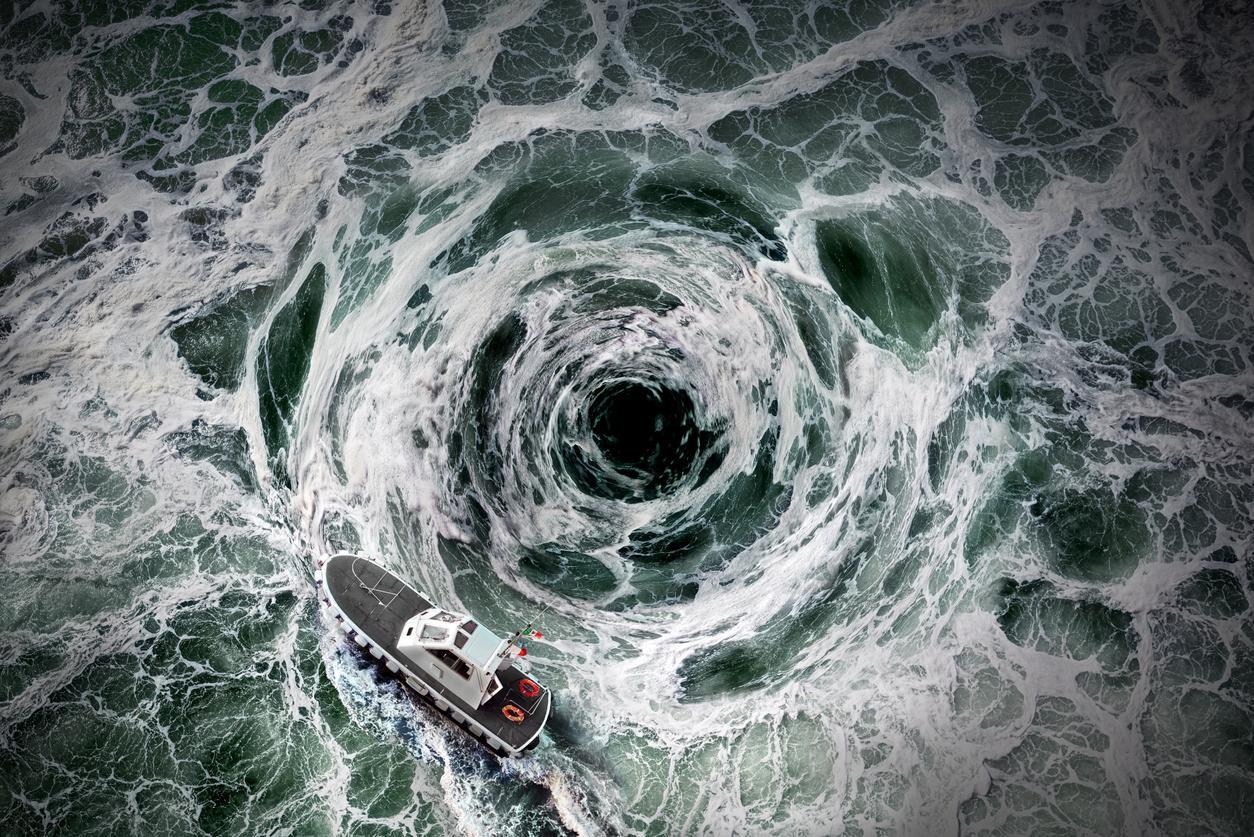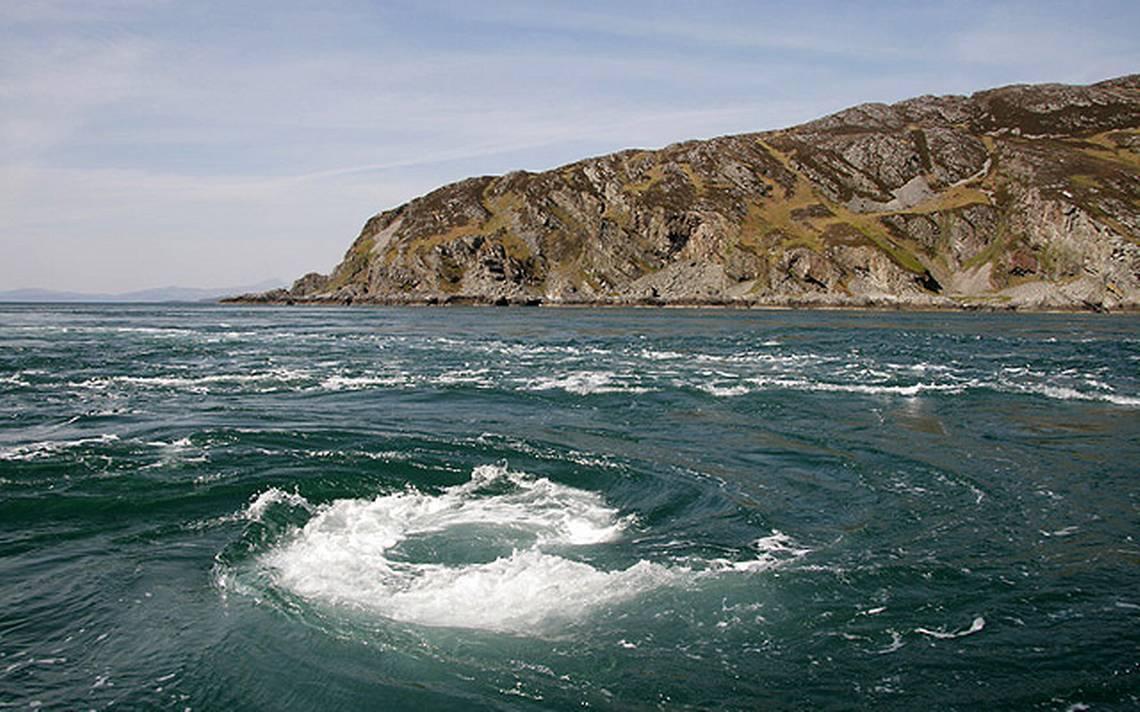How Do Water Whirlpools Form?

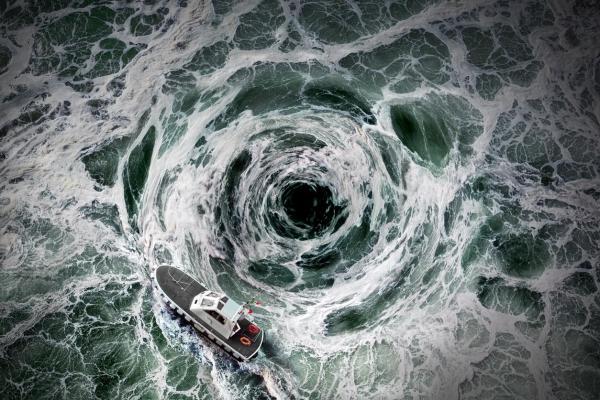
Water whirlpools are fascinating natural phenomena that occur in oceans, rivers, and lakes. But what exactly causes these swirling vortexes to form? Whether it's ocean currents, tidal forces, or human-made structures, whirlpools result from the movement of water in unique ways.
In this article by thedailyECO, we’ll explain how water whirlpools form and the factors that influence their strength and duration.
How does a whirlpool form?
Ever watched water spiral down a drain? Nature creates similar but much larger versions. Water whirlpools form underwater, spinning downward in spirals that can range from tiny swirls to massive vortices.
They form in several ways. When fast water meets slow water, they don't just merge, they spin. This happens along coasts where outgoing and incoming waves collide, when ocean currents meet, or when the moon pulls tides in competing directions. Even wind stirs things up by pushing surface water against calmer depths.
Bottlenecks create whirlpools too. Water squeezing through a narrow channel speeds up dramatically. When this fast-moving water rejoins calmer water beyond the passage, it creates rotation. This explains why whirlpools form where water navigates tight spaces before spreading out again.
The ocean floor contributes as well. When water flows over a sudden drop or depression, it gets pulled downward. This creates a low-pressure zone that draws in surrounding water from all sides, starting the spin. The deeper the underwater feature, the stronger the whirlpool—nature's version of a drain on a grand scale.
While most whirlpools vanish quickly, some become landmarks. Norway's Maelstrom and Japan's Naruto whirlpools have inspired stories and attracted visitors for generations.
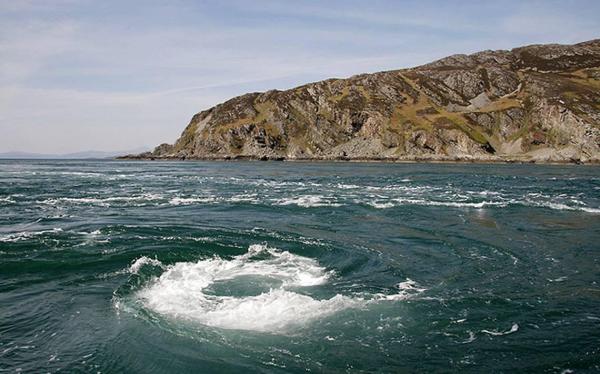
What's in the middle of a whirlpool?
At the center of a whirlpool is a low-pressure area that forms the vortex core. This core typically contains:
- A downward-flowing column of water
- A funnel-shaped depression in the water surface
- Air (in stronger whirlpools where the surface depression extends deep enough)
In large natural whirlpools, the center contains rapidly spinning water that's being pulled downward by gravity combined with centripetal force. The water moves fastest at the edges of the core and creates the distinctive funnel shape we associate with whirlpools.
In the most powerful oceanic whirlpools, the center can contain turbulent, aerated water that's significantly lower in density than the surrounding water, making it difficult for objects (or swimmers) to remain buoyant.
Some whirlpools form over underwater features like depressions, caves, or outlets where water drains away. In these cases, the center of the whirlpool connects to these underwater pathways, potentially leading to underwater channels or caverns.
Unlike the common myth that all whirlpools contain a bottomless pit, most natural whirlpools simply circulate water downward before it disperses into the larger body of water.
What is at the bottom of a whirlpool in the ocean?
At the bottom of an ocean whirlpool, you'll typically find the regular ocean floor. That is, sand, rocks, sediment, and marine life. However, the surrounding water is in intense circular motion.
In locations where whirlpools form consistently, the seafloor might show signs of this regular water movement such as unusual patterns in sand or sediment deposits and, in some cases, depressions or channels formed by the constant water movement.
For a broader understanding of natural rotation phenomena, our examination of major atmospheric vortices offers additional perspective.
World's most famous whirlpools
Throughout human history, whirlpools have both terrified and fascinated us. Here are some of the world's most famous whirlpools:
Strait of Messina whirlpool (Charybdis):
Located between Sicily and mainland Italy, it ranks among the world's largest whirlpools. Greek mythology immortalized it as Charybdis, a sea monster that devoured sailors alongside its partner Scylla on the opposite shore. In reality, swift currents reaching 10 kilometers per hour (6.2 miles per hour) create this natural phenomenon.
Modern sailors still avoid the strait during strong winds and during full and new moons, when the whirlpool's pull becomes more powerful.
Paraná river whirlpool:
In the Paraná River flowing through Brazil, Argentina, and Paraguay, powerful whirlpools form where currents converge. Local names for these phenomena vary by region in Portuguese and Spanish.
These violent vortices make sounds audible from a distance and have swallowed numerous boats. Indigenous myths described them as giant serpents feeding on vessels. The whirlpools' depths can reach 57 meters (187 feet), varying with the river's water volume.
Moskstraumen (Maelstrom)
Off Norway's Lofoten Islands, the famous Moskstraumen (commonly known as the Maelstrom) appears twice daily, spanning 10 meters (33 feet) in diameter and 5 meters (16.4 feet) deep. It forms when opposing currents meet, creating a powerful vortex. Nearby but distinct is the Saltstraumen, the world's strongest tidal current, where 400 million cubic meters of water rush through at speeds of 40 kilometers per hour (25 miles per hour).
Historical accounts describe ships wrecked and even whales killed by these forces, though modern vessels fare better against their pull. While "maelstrom" has become a general term for giant whirlpools, it originally referred to this specific Norwegian phenomenon.
Naruto Uzushio (Naruto whirlpools):
Between Japan's Seto Inland Sea and Kii Channel, impressive whirlpools known as Naruto Uzushio form due to tidal differences, particularly during full or new moons. During king tides in spring and summer, these vortices can reach 20 meters (65.6 feet) across with speeds of 20 kilometers per hour (12.4 miles per hour).
This complex ranks among the world's largest whirlpool systems. Visitors can view this spectacular natural display from a dedicated tourist bridge 45 meters (147.6 feet) above.
Niagara whirlpool:
Formed in the Niagara River along the Canada-US border, this whirlpool emerged 4,200 years ago when water eroded the steep riverbed. The resulting 38-meter-deep (124.7 feet) vortex normally spins clockwise, but intriguingly reverses to counterclockwise during higher water levels as the Niagara Gorge's flow patterns change.
How to get out of a whirlpool
When exploring unfamiliar waters, thorough research about local conditions is crucial. Even seemingly calm surfaces can hide dangerous whirlpools capable of pulling you underwater with little warning. Oceanic whirlpools present the greatest danger, and knowing how to swim is absolutely essential if you're entering waters where whirlpools might form.
If you find yourself caught in a whirlpool, follow these survival steps:
- Keep calm. Panic depletes oxygen and energy you'll need to escape.
- Take a deep breath as quickly as possible to prepare for what's ahead.
- Don't fight the current. Let yourself be carried by the whirlpool rather than swimming against it, which will only exhaust you and reduce your chances of escape.
- Allow yourself to be pulled toward the lower current where the force is weaker. To reach this area more quickly, curl into a ball with your limbs tucked in to increase your weight and help you sink faster.
- As you descend within the vortex, you'll reach a point where the current weakens and releases its grip. This is your opportunity to swim out of the vortex horizontally.
- Swim underwater for a short distance before surfacing to ensure you emerge away from the whirlpool's pull and avoid being drawn back in.
For another perspective on how rotational forces shape natural phenomena, see our analysis of rotating thunderstorm formation.
If you want to read similar articles to How Do Water Whirlpools Form?, we recommend you visit our Meteorological phenomena category.
- Florentín, A. (2021). Bairuzú, the mysterious whirlpool that swallowed ships on the Paraná River . Available at: https://comunidadnautica.com/video-bairuzu-el-misterioso-remolino-que-trago-barcos-en-el-rio-parana/
- Browne, M. (1997). Deadly Maelstrom's Secrets Unveiled . The New York Times.
- Info Niagara. (2020). Niagara Whirlpool . Available at: http://www.infoniagara.com/attractions/Attractions-Niagara-USA/Niagara-Whirlpool.aspx
- Ohnaruto Bridge Uzu no Michi. (2021). Uzushio . Available at: https://www.uzunomichi.jp/lang_en/#uzushio
- Spanish Geographical Society (Sf). Along the Routes of the Odyssey . Available at: https://sge.org/socios/iniciativas-viajeras-de-los-socios/por-las-rutas-de-la-odisea/

